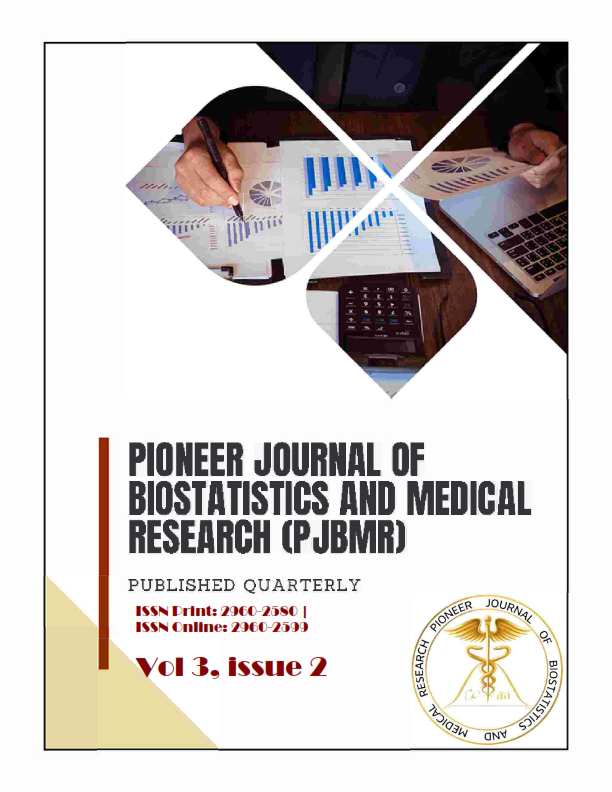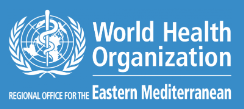Risk factors of maternal near miss among females: A Systemic Review
DOI:
https://doi.org/10.61171/v03.2.4Abstract
Background: Maternal near-miss (MNM) is a critical indicator for evaluating maternal healthcare quality, reflecting cases where women survive life-threatening obstetric complications. This review aimed to identify the leading risk factors associated with MNM based on recent global observational studies. Methods: A systematic search was conducted across PubMed, Scopus, Web of Science, and Google Scholar for studies published between 2020 and 2024. Observational studies assessing maternal near-miss and its risk factors using WHO or similar criteria were included. A total of 30 studies were reviewed from diverse settings, including low-, middle-, and high-income countries. Results: Hypertensive disorders (n=25 studies), obstetric hemorrhage (n=21), lack of antenatal care (n=18), and socio-demographic disadvantages such as rural residence and poor education (n=15) emerged as the most frequent risk factors. Additional contributors included anemia (n=14), previous cesarean section (n=12), and delays in accessing care. Protective factors identified were timely antenatal visits, spontaneous labor, and quality hospital-based multidisciplinary care. Conclusion: MNM remains highly prevalent, especially in LMICs, with preventable factors playing a dominant role. Targeted public health interventions to improve antenatal care coverage, early risk identification, and emergency obstetric services are essential to reduce the burden of MNM and improve maternal outcomes.
Downloads
Downloads
Published
Issue
Section
License
Copyright (c) 2025 Kiran Saeed, Nimra Abid, Syeda Tahira Sherazi, Sadaf Fayyaz, Sariya Tul Tahira (Author)

This work is licensed under a Creative Commons Attribution 4.0 International License.












